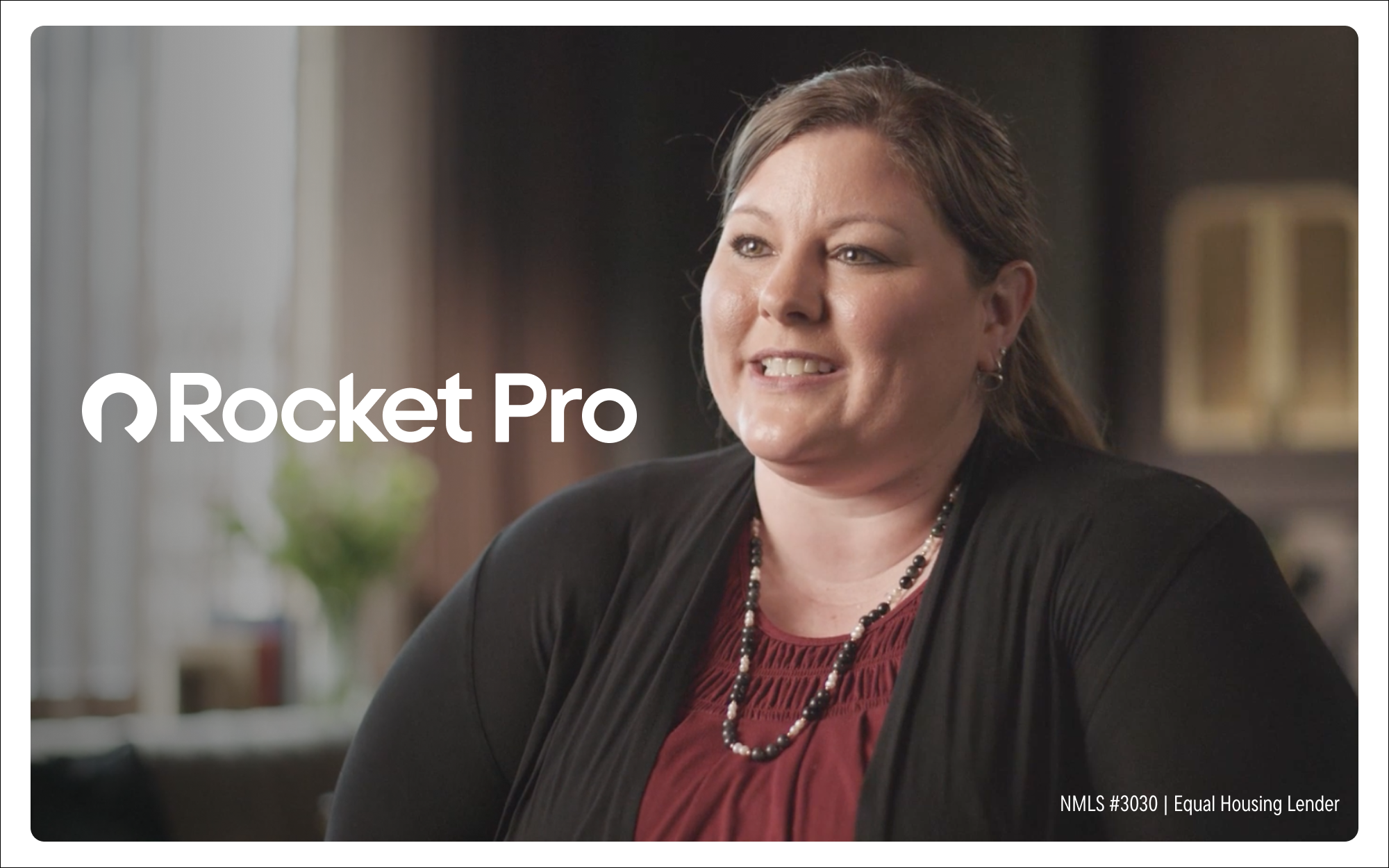Small businesses and community banks are a perfect pairing. Community banks play a key role in giving small businesses needed capital and guidance so they can survive and thrive.
8 Ways Community Banks Can Boost Small Business Lending
November 13, 2023 / By Beth Mattson-Teig
Small businesses and community banks are a perfect pairing. Community banks play a key role in giving small businesses needed capital and guidance so they can survive and thrive.
Small businesses are the backbone of the American economy—but there is nothing “small” about their financial muscle. The more than 33 billion small businesses in the country employ 61.7 million people—nearly half of all private sector employees, according to the Small Business Administration (SBA). Those customers bring significant business for community banks on both sides of the ledger: loan products and deposits.
“When you think about a small business relationship, what is amazing is that they can use almost all of the financial services that we offer across the bank,” says Matt Vegter, director of small business banking at $45 billion-asset SouthState Bank in Winter Haven, Fla.
Small business customers represent about one-third of SouthState’s deposit base. In addition, the community bank offers personal banking services for both owners and employees.
“So, [small business customers] are extremely important, and we are continuing to invest more and more in our small business offerings,” Vegter says. SouthState recently launched a comprehensive small business banking team to meet the growing demand in its southeastern U.S. footprint.
“We want to be that stepping stone to help [small businesses] graduate from SBA and move on to more conventional lending.”—Ashley Horner, Summit Bank

Community banks also recognize that small business customers have the potential to grow into bigger businesses with bigger financial needs. “We want to be that stepping stone to help them graduate from SBA and move on to more conventional lending,” says Ashley Horner, executive vice president and SBA division president at $1 billion-asset Summit Bank in Eugene, Ore.
Tips for optimizing small business lending
Here are eight tips and best practices that can help optimize your small business lending platform.
Create a separate small business lending policy. Community banks need to differentiate commercial lending from small business lending with a clearly defined policy. A small business customer that is looking to purchase a $60,000 truck for their lawn business may not be able to bring in the three years of tax returns typically needed to get a commercial loan. Critical elements that a loan policy should address are underwriting guidelines, collateral/documentation requirements and risk tolerance.
Declutter the loan application process. It’s important to acquire all the information you need in the initial meeting, says Jay Blandford, CEO of Abrigo, a banking software provider. What is absolutely necessary to collect to make a decision, honor your credit culture and be competitive? Do you need three years of tax returns, or are you comfortable with two?
Get everyone on board. Underwriting small-dollar or SBA loans is very different from underwriting bigger loans with seasoned borrowers. SBA customers typically won’t have 150% liquidity and multiple income sources. “Getting our credit team and our bank on board with how they are structured differently and why we’re doing them is something that you have to hit head-on in order to have a successful department,” Horner says. “You need buy-in from everybody.”
Leverage your retail banking partners. It can be difficult for commercial loan officers who have large commercial loan goals to focus on the smaller loans and still give them the attention they need. SouthState Bank leverages its branch managers, providing training and underwriting tools so they can originate loans for customers in their markets. The community bank also added fully dedicated small business bankers across its footprint to assist its small business customers.
Provide fast answers. Speed is a big focus for small business customers, and community banks can differentiate themselves by providing answers and approvals quickly. It’s OK to tell an applicant “no,” but business owners want to hear that answer quickly so they can explore other options. Once financials are in hand, Summit Bank typically makes a decision on a loan within three business days. The underwriting process itself takes about four weeks from start to finish.
Level the playing field with technology. Community banks that face competition from large banks and fintechs for small business customers need to operate more efficiently to improve profitability and provide a better experience for the customer. Summit Bank invested in the nCino platform from Salesforce to improve workflows for its lending team. The community bank also closes all loans with DocuSign so that the business owner can sign documents at their convenience. That has created huge efficiencies in being able to close on loans and get funds in the hands of the borrower, adds Horner.
Conduct a regular task analysis. One of the challenges of small business loans is that there are numerous tasks, touch points and data entry that need to be done to shepherd a loan from start to close. Banks should routinely take inventory on their workflows and the data they collect to look for tasks that can be eliminated or automated.
Be a trusted advisor. Bankers can build deeper relationships by adding value, such as providing guidance and educational resources. Share opportunities for business owners to improve margins, restructure debt to improve cash flow or reduce interest expense. “Relationships don’t always need to be transactional,” says Blandford, “and community banks are in a unique position to do that.”
Subscribe now
Sign up for the Independent Banker newsletter to receive twice-monthly emails about new issues and must-read content you might have missed.
Sponsored Content
Featured Webinars
Join ICBA Community
Interested in discussing this and other topics? Network with and learn from your peers with the app designed for community bankers.
Subscribe Today
Sign up for Independent Banker eNews to receive twice-monthly emails that alert you when a new issue drops and highlight must-read content you might have missed.
News Watch Today

Join the Conversation with ICBA Community
ICBA Community is an online platform led by community bankers to foster connections, collaborations, and discussions on industry news, best practices, and regulations, while promoting networking, mentorship, and member feedback to guide future initiatives.












